At the Royal Academy summer show, architecture and art combine as never before
The Royal Academy summer show is about to open in London; we toured the iconic annual exhibition and spoke to its curator for architecture, Farshid Moussavi
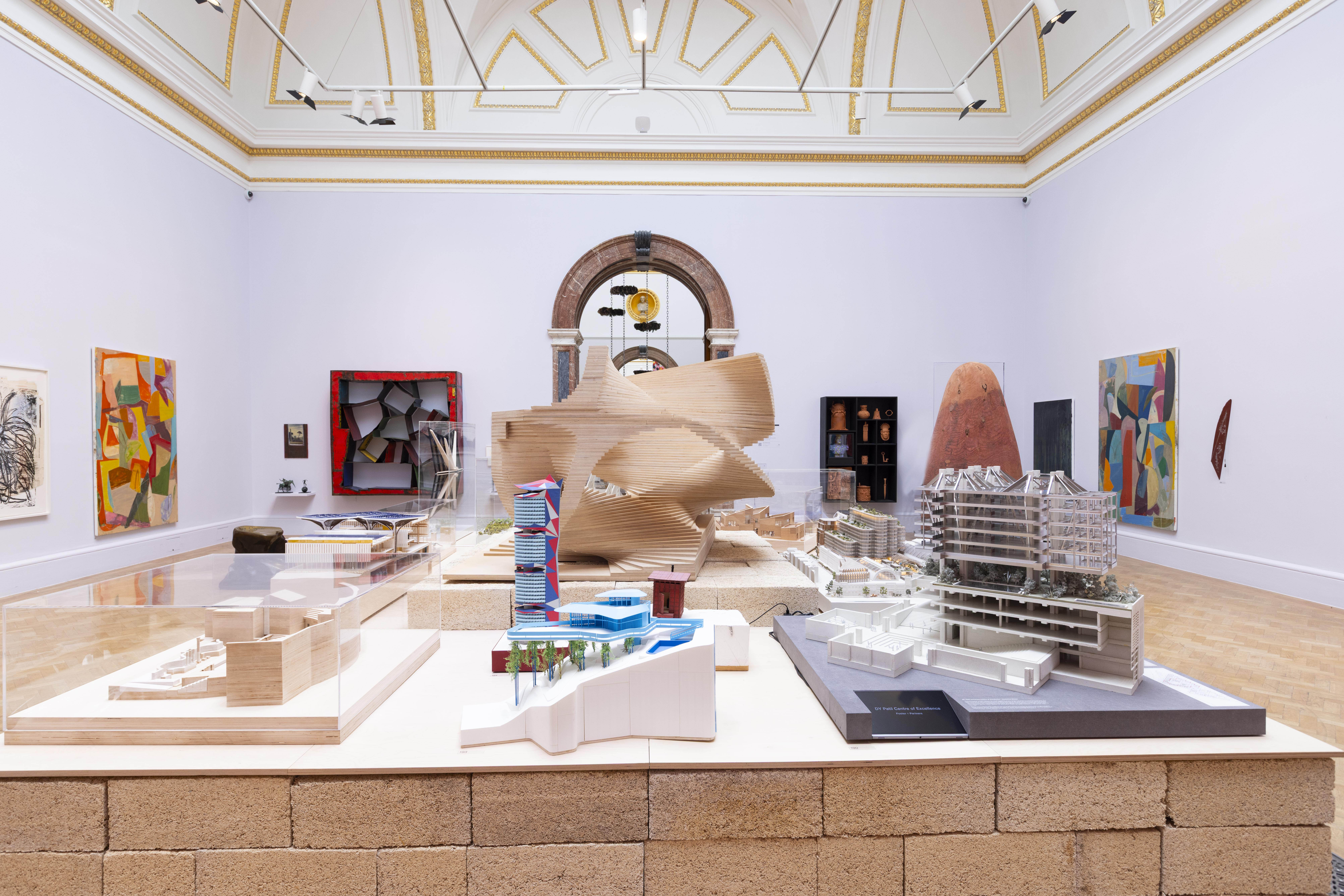
The Royal Academy summer show (aka the institution's Summer Exhibition) has a unique take on architecture this year. Co-ordinated by Farshid Moussavi – the first architect to do so since Eva Jiřičná in 2013 – the show is special for the way in which architecture has been mixed in with the artworks at this famous annual open event. Whereas media produced by architects have traditionally been granted a separate space, Moussavi took the decision to integrate architectural representations (models, drawings, sketches and reliefs) together with the display of prints, photographs and paintings produced by artists.

Walking through the Royal Academy summer show with Farshid Moussavi
The effect of mixing work at the Summer Exhibition, held every year without exception since 1769, certainly underlines the technical skills of the selected architects. It also shows how they are addressing similar ideas as artists, particularly about the evolving relationship between man, culture and nature. Although the show has always had an eclectic quality, due to its open submission process, it has generally kept architectural works separate from art. From 1811 architectural drawings were shown in the Library and from 1931 more or less onwards there was a dedicated architecture gallery. In 2025, with the work mixed together, each room has a greater character as its curator can be more thematically or aesthetically led, rather than simply grouping types.
It is successful, and Moussavi thinks that her approach should be undertaken not just as an ongoing strategy for the Summer Exhibition but also throughout the Royal Academy’s exhibition programme. 'It needs to be done at many levels. I think it is to do with the summer exhibition but it's also all exhibitions. Exhibitions should include architecture as part of the art exhibitions whenever possible,' she states. A Van Gogh exhibition might also feature the architecture of Arles, she offers as an example.

Nor is it just architecture that has been mixed in with art. 'Normally the print category and the print makers insist on being in a room of their own. And there is a predominance of them in a couple of places because they insisted, but I've intentionally put prints next to photographs in some places,' says Moussavi. The Large Weston Room, curated by Helen Sear is particularly striking for its thematic strength. Dedicated to images of the countryside both bucolic and threatening, one wall of the room is covered by Des Hughes’ chain-link-fence wallpaper, upon which are hung pictures like Anna Fox and Alison Goldfrapp’s photographs from the series Country Girls, night-time shots of isolation and unease. On the other side, Anthony Eyton’s double oil paintings, both called Outside The Door, offer an image of nature as consolation just out of reach.

The show is still dominated by art. The room that Stephanie McDonald from 6a Architects has curated with her partner Tom Emerson contains a higher number of architectural pieces compared to other rooms, a large model of their renovation of Tate Liverpool, for example. MacDonald says that of the 18,000 works submitted, only 300 were architectural and, in future, more should be encouraged. 'People need to know that they can and they should,' she says. As it stands, the big moments in the show, although curated by Moussavi and her team, are still produced by artists – Tim Shaw’s neo-pagan sculpture The Mummer, standing before Antonio’s Tarsis’ fiery red drape made from match boxes, for example.

The more subtle effect on the architectural works is to lend them even greater aesthetic authority, such as is the case with Henley Halebrown’s digital render of a detail from their De Roosenberg community centre hung above Eva Rothschild’s more whimsical screen prints. The architecture lends the artwork purpose and, in turn, the architect's work, surrounded by art, reveals itself to be communicating far more values than simple construction instructions.

With the cash-strapped Royal Academy effectively mothballing the position of architectural curator and diminishing the department to a single member of staff, Moussavi’s proposition imagines how architecture might continue to have a vivid, purposeful contribution to make at the Royal Academy. ' I don’t know how there is any going back to be honest,' she says.
Receive our daily digest of inspiration, escapism and design stories from around the world direct to your inbox.
The Royal Academy Summer Exhibition runs 17 June – 17 August 2025, book tickets at royalacademy.org.uk
Tim Abrahams is an architecture writer and editor. He hosts the podcast Superurbanism and is Contributing Editor for Architectural Record
-
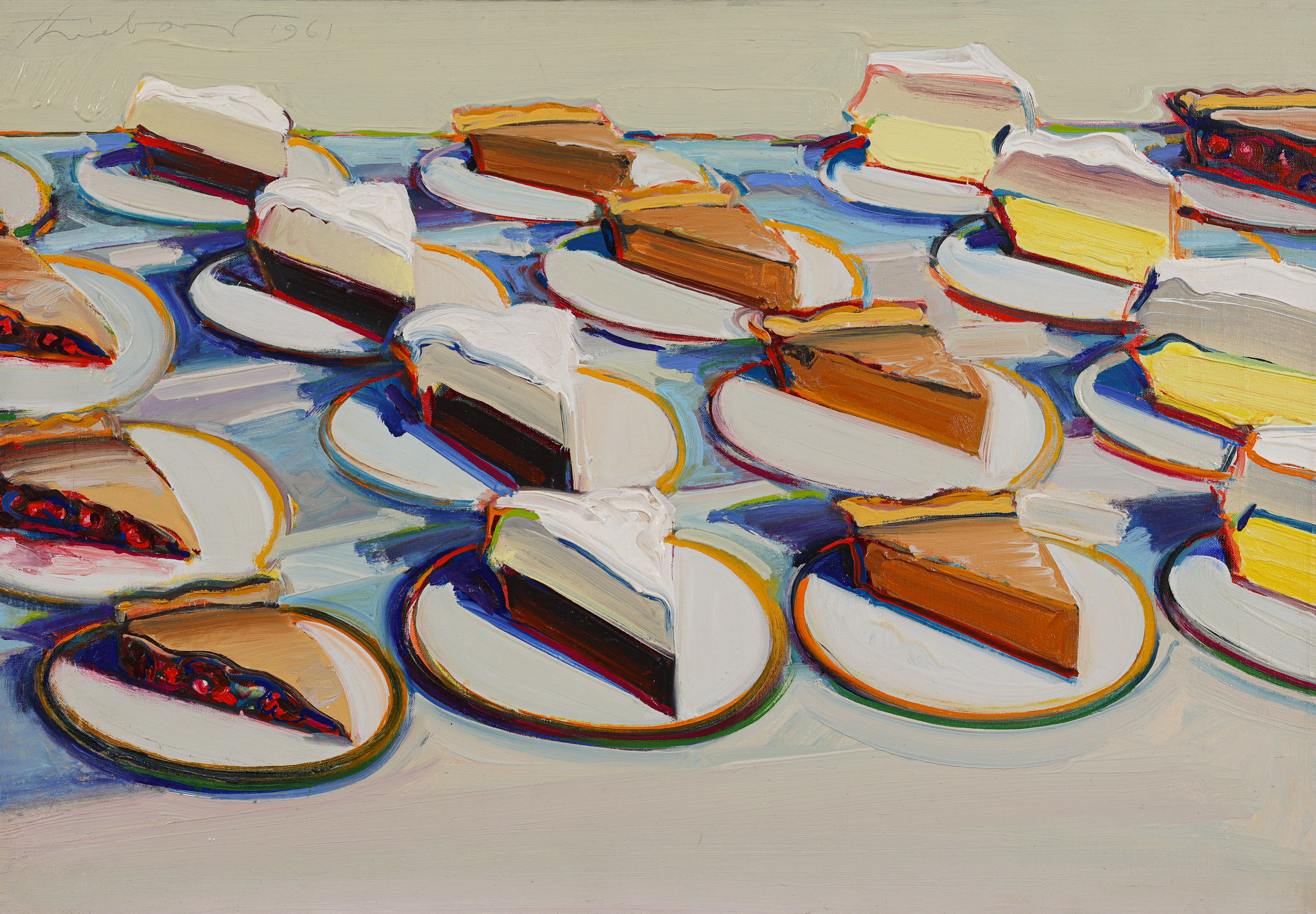 Why are Wayne Thiebaud’s paintings at the Courtauld quite so tempting?
Why are Wayne Thiebaud’s paintings at the Courtauld quite so tempting?The American artist’s thickly painted slices of cake at the Courtauld are some of our favourite artworks seen this year. What makes them so special?
-
 Taiwan’s new ‘museumbrary’ is a paradigm-shifting, cube-shaped cultural hub
Taiwan’s new ‘museumbrary’ is a paradigm-shifting, cube-shaped cultural hubPart museum, part library, the SANAA-designed Taichung Green Museumbrary contains a world of sweeping curves and flowing possibilities, immersed in a natural setting
-
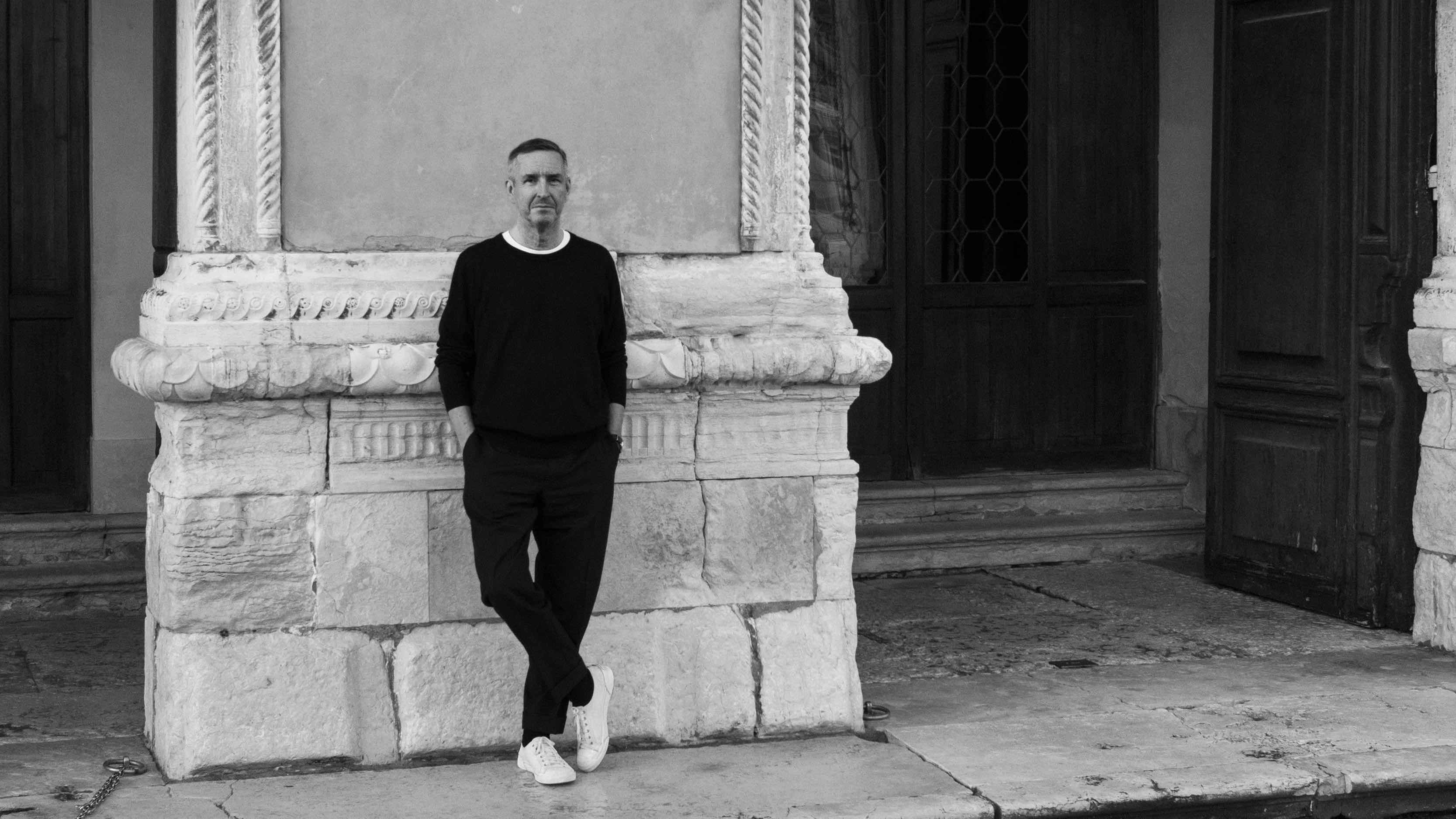 Dries van Noten on why he's building a new home for craft in Venice
Dries van Noten on why he's building a new home for craft in VeniceA year after departing the runway, Dries van Noten unveils his next chapter: the Fondazione Dries Van Noten, a newly announced cultural initiative in Venice celebrating craft in all its forms. Wallpaper meets the designer to find out why he’s not ready to retire.
-
 In addition to brutalist buildings, Alison Smithson designed some of the most creative Christmas cards we've seen
In addition to brutalist buildings, Alison Smithson designed some of the most creative Christmas cards we've seenThe architect’s collection of season’s greetings is on show at the Roca London Gallery, just in time for the holidays
-
 The Architecture Edit: Wallpaper’s houses of the month
The Architecture Edit: Wallpaper’s houses of the monthFrom wineries-turned-music studios to fire-resistant holiday homes, these are the properties that have most impressed the Wallpaper* editors this month
-
 A refreshed 1950s apartment in East London allows for moments of discovery
A refreshed 1950s apartment in East London allows for moments of discoveryWith this 1950s apartment redesign, London-based architects Studio Naama wanted to create a residence which reflects the fun and individual nature of the clients
-
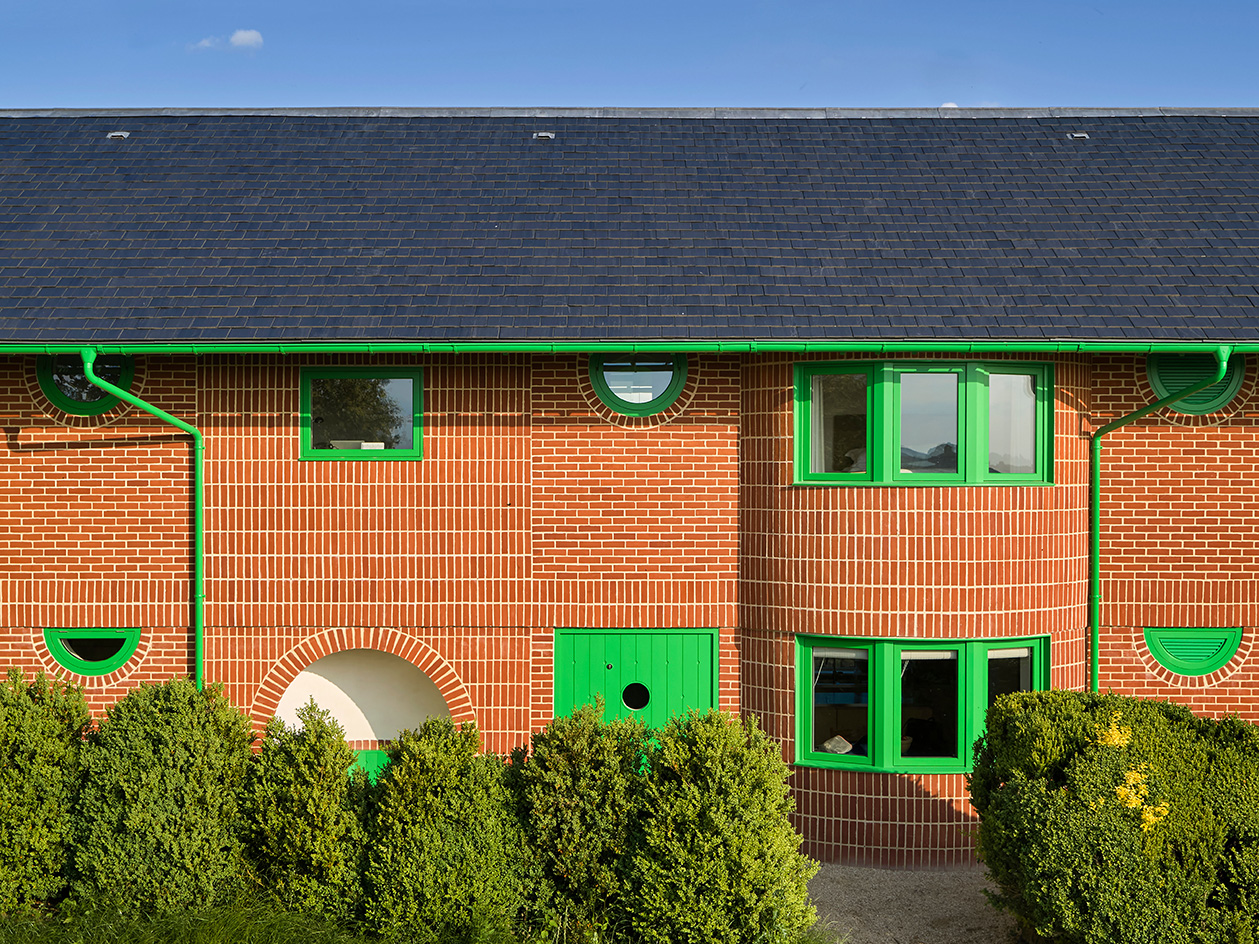 David Kohn’s first book, ‘Stages’, is unpredictable, experimental and informative
David Kohn’s first book, ‘Stages’, is unpredictable, experimental and informativeThe first book on David Kohn Architects focuses on the work of the award-winning London-based practice; ‘Stages’ is an innovative monograph in 12 parts
-
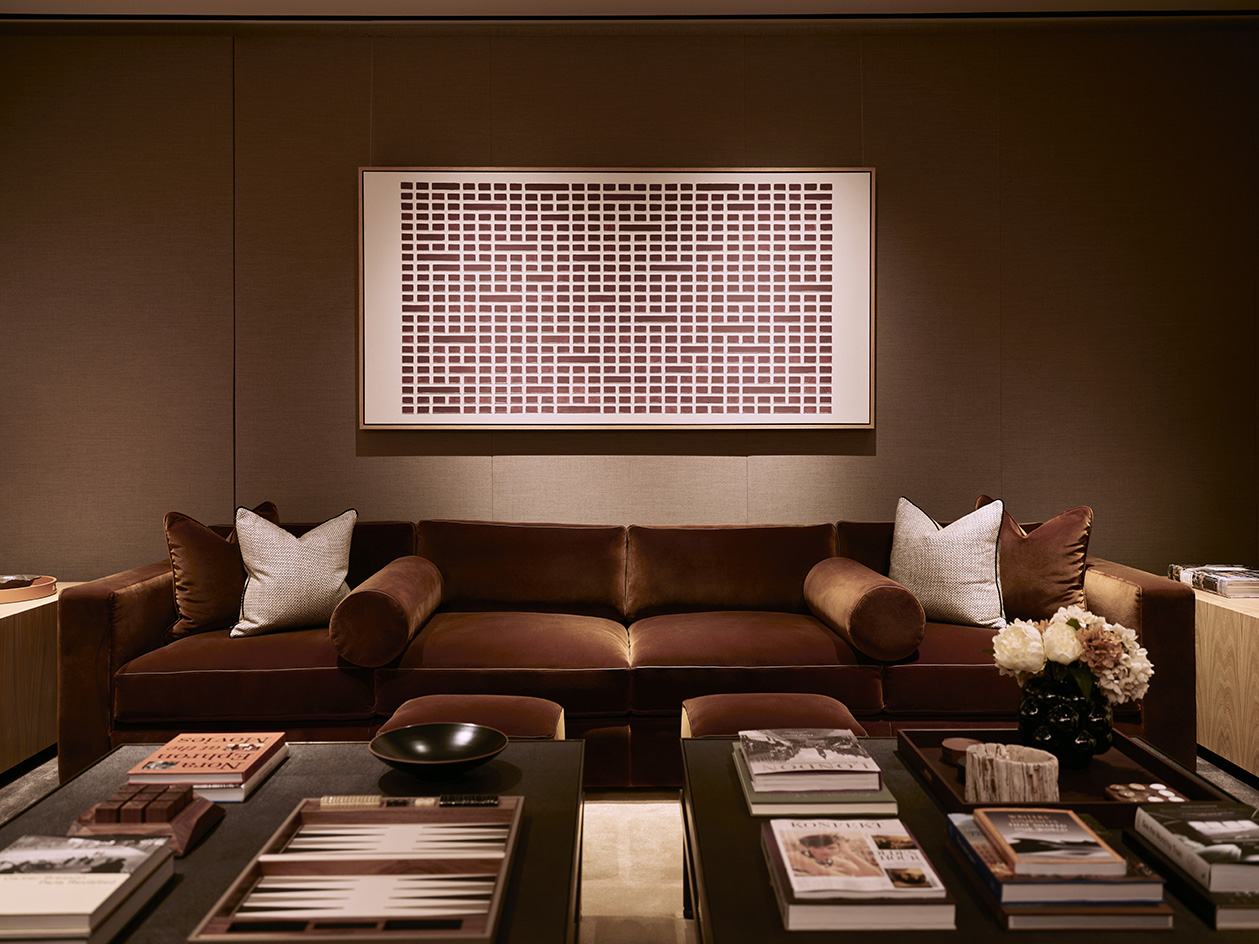 100 George Street is the new kid on the block in fashionable Marylebone
100 George Street is the new kid on the block in fashionable MaryleboneLondon's newest luxury apartment building brings together a sensitive exterior and thoughtful, 21st-century interiors
-
 Carlo Ratti reflects on his bold Venice Architecture Biennale as it closes this weekend
Carlo Ratti reflects on his bold Venice Architecture Biennale as it closes this weekendThe Venice Architecture Biennale opens with excitement and fanfare every two years; as the 2025 edition draws to a close, we take stock with its curator Carlo Ratti and ask him, what next?
-
 Futuristic-feeling Southwark Tube Station has been granted Grade II-listed status
Futuristic-feeling Southwark Tube Station has been granted Grade II-listed statusCelebrated as an iconic piece of late 20th-century design, the station has been added to England’s National Heritage List
-
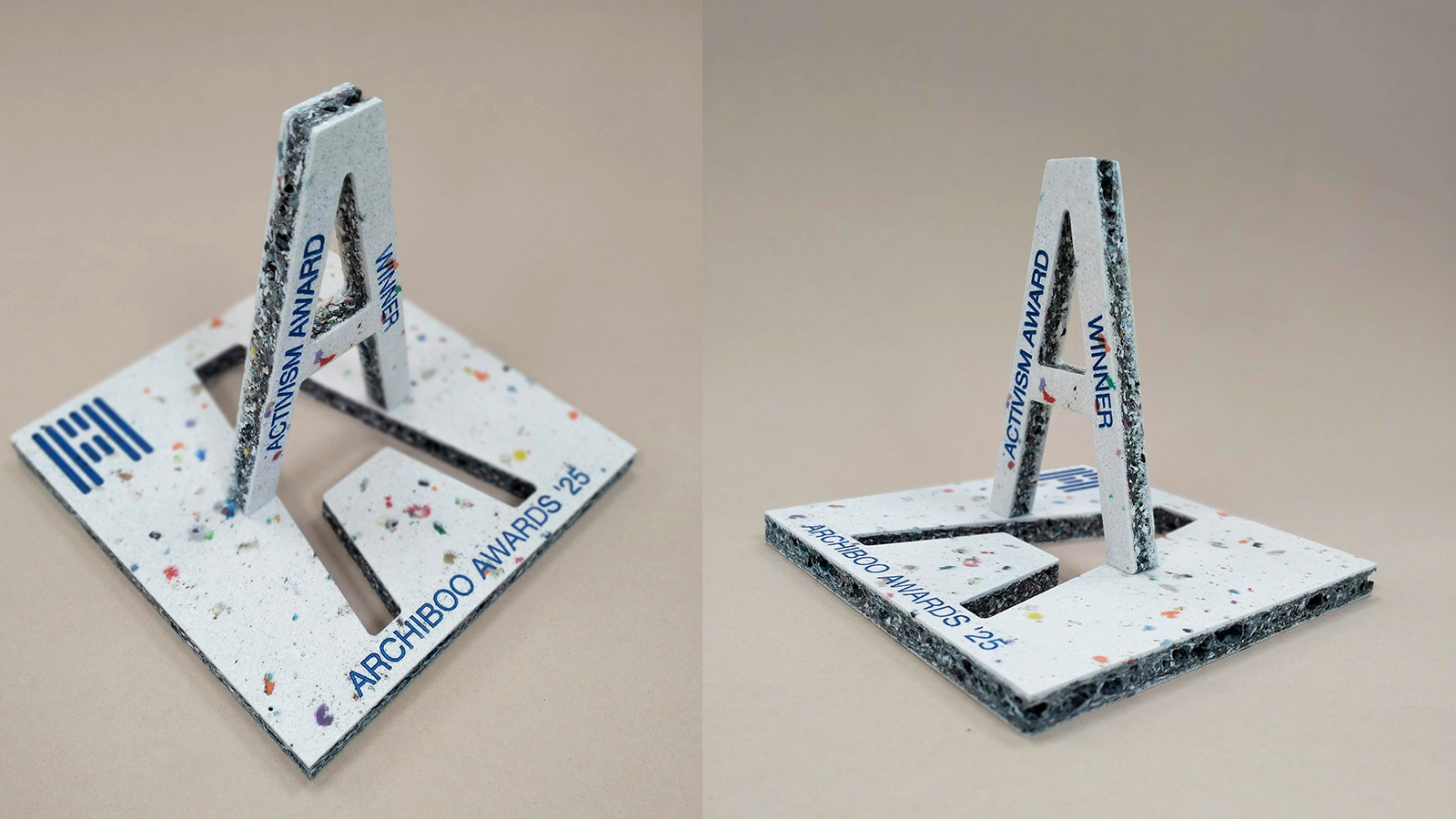 Archiboo Awards 2025 revealed, including prizes for architecture activism and use of AI
Archiboo Awards 2025 revealed, including prizes for architecture activism and use of AIArchiboo Awards 2025 are announced, highlighting Narrative Practice as winners of the Activism in architecture category this year, among several other accolades